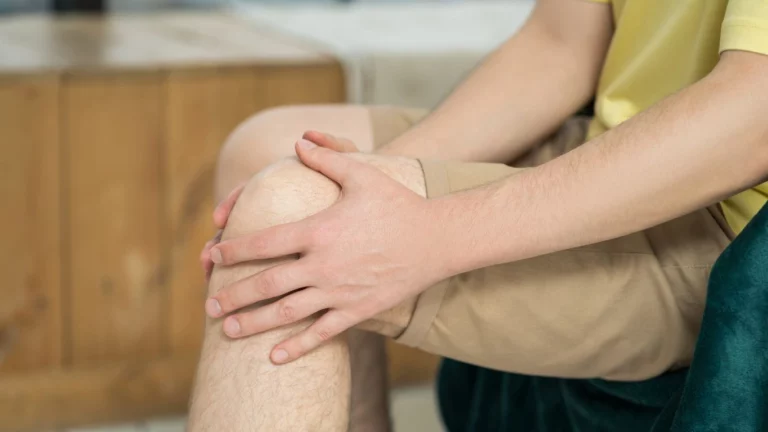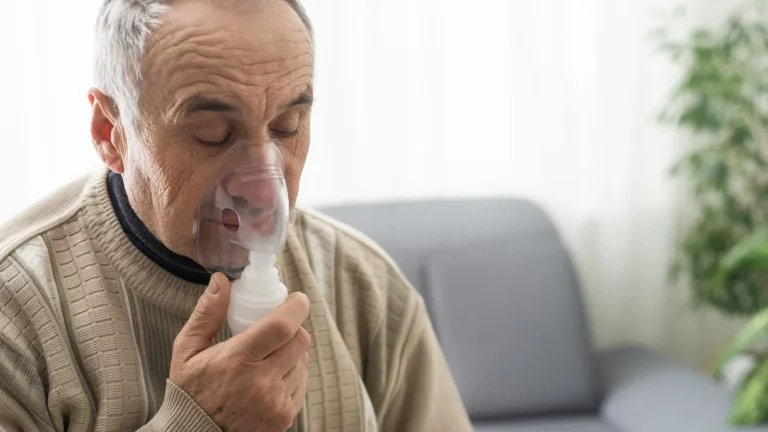Discover the Connection Between Rheumatoid Arthritis and Hypothyroidism for Better Health
As a Rheumatoid Arthritis (RA) expert, I’ve seen first-hand how complex this autoimmune condition can be, affecting not just joints, but a person’s overall well-being. What many people don’t realize is that RA doesn’t always work in isolation—it can be linked with other health conditions, including hypothyroidism. In this post, we’ll explore the intriguing connection between rheumatoid arthritis and hypothyroidism, diving into how one condition can influence the other, and what it means for those managing both. Let’s break down the science and share some practical insights that can improve quality of life for individuals living with both conditions.
What is Rheumatoid Arthritis (RA) and Hypothyroidism?
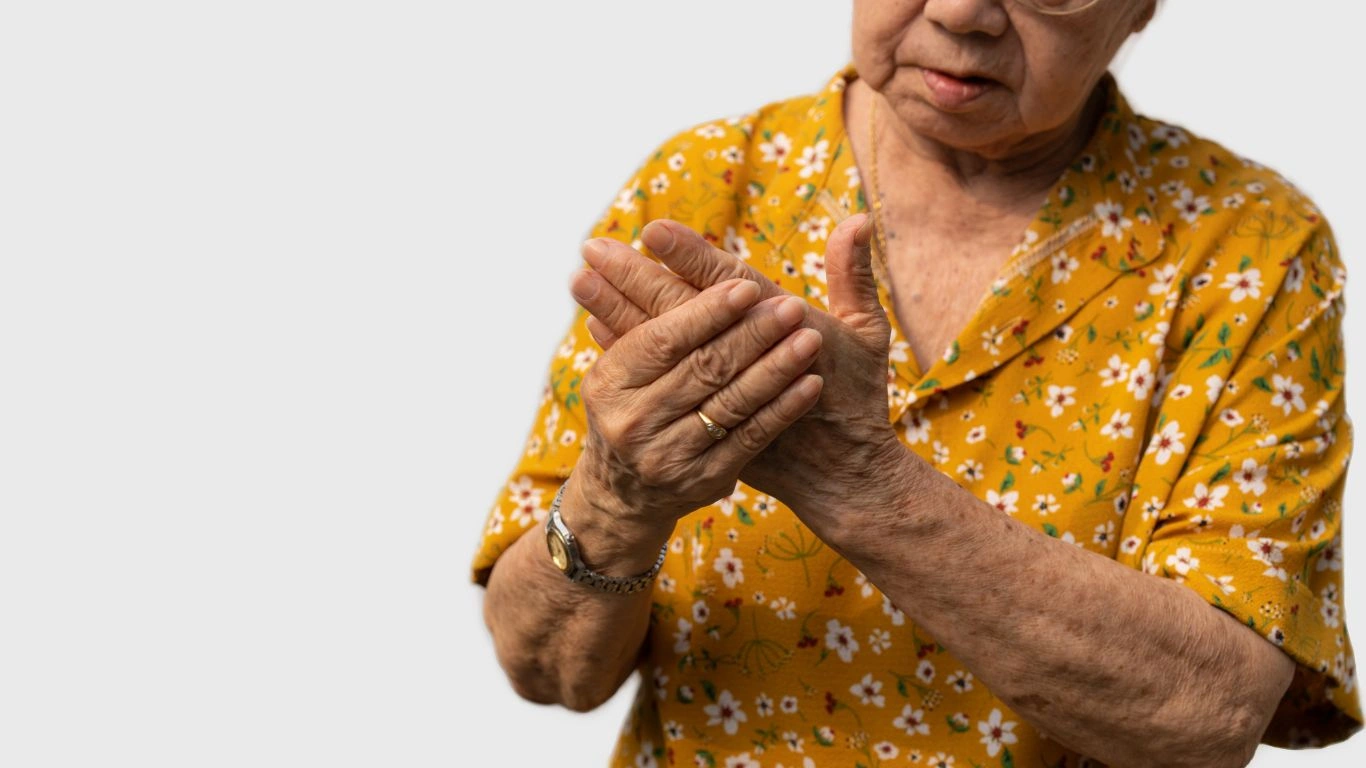
Before we delve into their connection, it’s important to understand what each condition involves. Rheumatoid arthritis is an autoimmune disorder where the body’s immune system mistakenly attacks the synovial lining of the joints, leading to inflammation, pain, and, eventually, joint damage. It’s a chronic condition that typically affects joints like the knees, hands, and wrists. Symptoms often include joint pain, swelling, stiffness, and fatigue. Over time, if left untreated or poorly managed, RA can severely impair mobility and overall function.
On the flip side, hypothyroidism is a condition where the thyroid gland, located at the base of your neck, doesn’t produce enough thyroid hormones. These hormones are crucial because they regulate metabolism, energy levels, and the function of many organs. When the thyroid isn’t working properly, it can lead to symptoms like weight gain, fatigue, depression, and cold intolerance, to name a few. While RA directly affects the joints, hypothyroidism impacts nearly every system in the body.
The Link Between Rheumatoid Arthritis and Hypothyroidism

So, why do RA and hypothyroidism often show up together? Well, it all boils down to the nature of autoimmune diseases. Both conditions are autoimmune in origin, meaning the body’s immune system turns against its own healthy cells. In RA, the immune system attacks the joints, and in hypothyroidism (specifically Hashimoto’s thyroiditis, the most common cause of hypothyroidism), it attacks the thyroid gland. This shared autoimmune nature sets the stage for a potential overlap.
Studies have shown that individuals with RA are at a higher risk of developing thyroid problems, including hypothyroidism. The reasons for this connection are still being researched, but there are a few key theories:
- Immune System Dysregulation: Both RA and hypothyroidism are linked to abnormalities in immune function. In RA, the immune system’s attack on the joints is well-known, but similar processes can occur with the thyroid, leading to hypothyroidism.
- Genetic Factors: Some genetic markers are shared between RA and autoimmune thyroid disorders, increasing the likelihood that someone with RA might also develop hypothyroidism.
- Inflammatory Response: Chronic inflammation, a hallmark of RA, may trigger or exacerbate thyroid dysfunction. Inflammation can damage the thyroid and interfere with its hormone production.
How RA and Hypothyroidism Affect Your Health
If you’re someone managing both rheumatoid arthritis and hypothyroidism, you know that life can get a lot more complicated. The symptoms of each condition can overlap, making it harder to pinpoint what’s causing certain symptoms. For example, fatigue is common in both RA and hypothyroidism, so it might be tough to determine if it’s the RA flaring up or if the thyroid isn’t functioning properly.
Let’s break down how each condition affects your body:
- Joint Pain and Inflammation: RA’s hallmark symptom is joint pain and inflammation, and when hypothyroidism is involved, this can become even more pronounced. Thyroid hormones help regulate inflammation, so a deficiency in these hormones can lead to increased joint stiffness and pain.
- Fatigue: Both RA and hypothyroidism can cause significant fatigue. This can become debilitating when both conditions are at play, affecting your energy levels, mental clarity, and overall quality of life.
- Weight Gain: Hypothyroidism often leads to weight gain due to a slower metabolism. If you’re also dealing with RA, where movement can be painful, weight gain can exacerbate joint strain, creating a vicious cycle of discomfort.
- Depression and Mood Swings: Both autoimmune conditions can contribute to mood changes. Chronic pain from RA can lead to feelings of frustration, while hypothyroidism is linked with depression and anxiety, further complicating the mental health picture.
Signs You Might Be Dealing with Both RA and Hypothyroidism
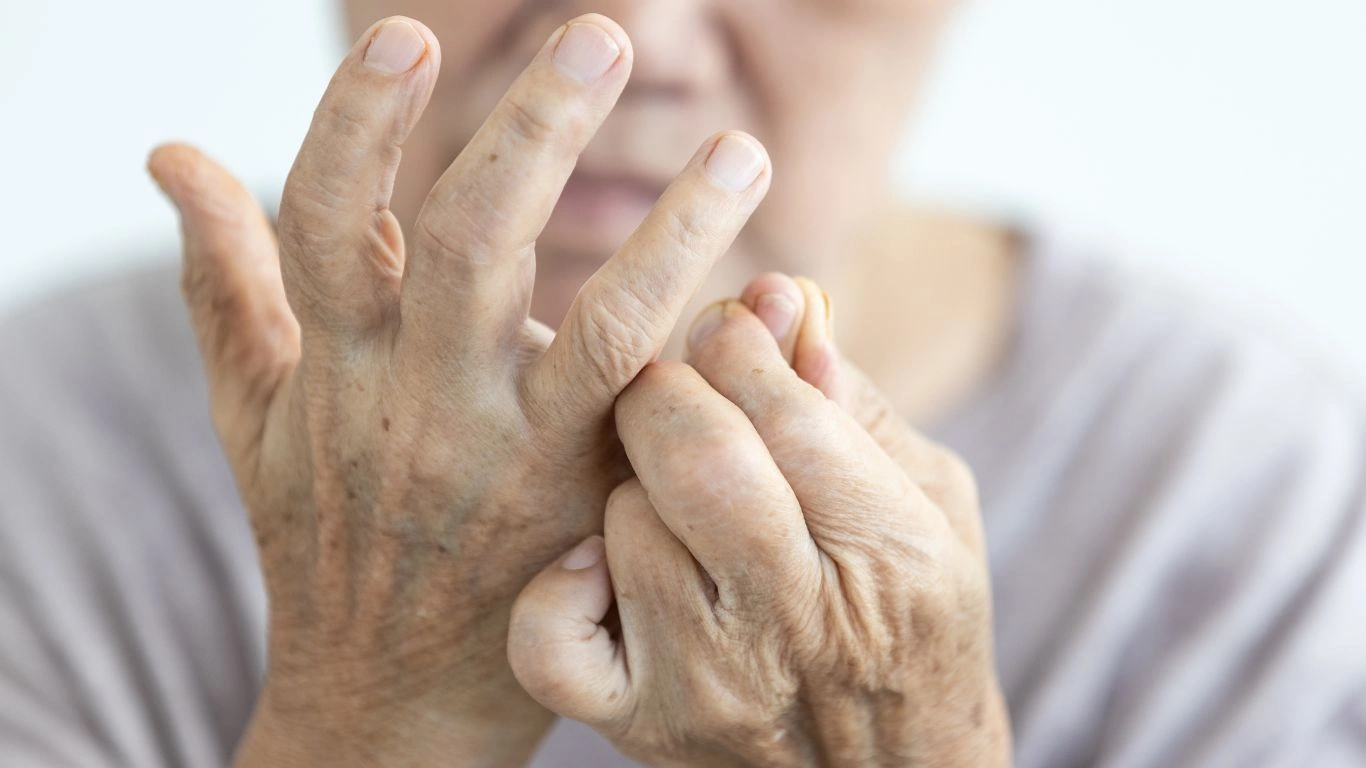
If you have rheumatoid arthritis, it’s important to be aware of the signs that could indicate hypothyroidism, especially since early symptoms can be subtle. Some common signs to watch for include:
- Unexplained Fatigue: If you’re feeling unusually tired or sluggish, even after resting, it could be a sign that your thyroid is underactive.
- Dry Skin or Hair: A lack of thyroid hormones can cause your skin and hair to become dry and brittle.
- Cold Sensitivity: Feeling colder than usual, especially in the extremities, is a classic symptom of hypothyroidism.
- Constipation: Hypothyroidism can lead to slow digestion, causing constipation or bloating.
- Joint Pain and Stiffness: If your RA symptoms seem worse, or if joint stiffness is more frequent, this could be related to a thyroid issue.
If you’re noticing a combination of these symptoms, it’s crucial to talk to your healthcare provider. Testing for both RA and thyroid issues can help ensure you’re getting the right treatment for both conditions.
How Rheumatoid Arthritis and Hypothyroidism are Diagnosed
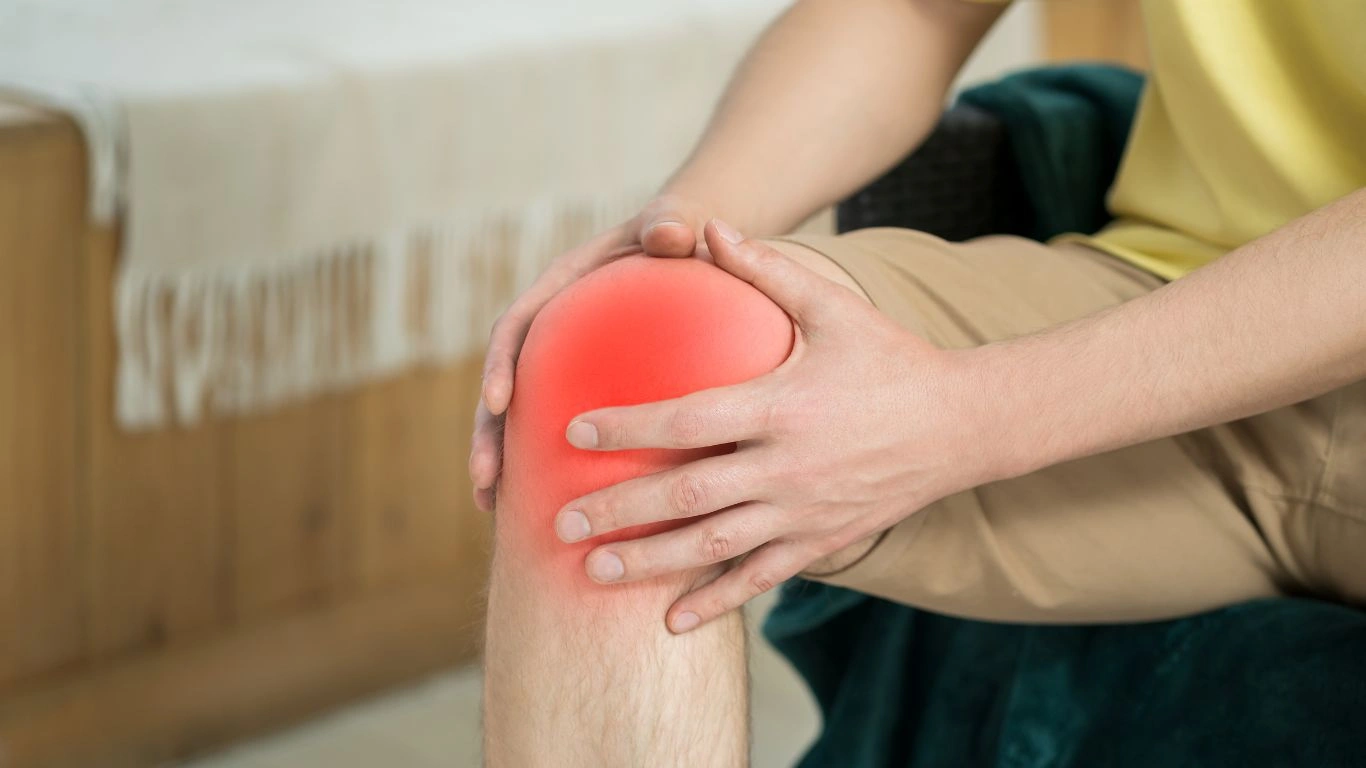
If you’re experiencing symptoms of both rheumatoid arthritis and hypothyroidism, it’s crucial to get the right diagnosis. Since these two conditions share overlapping symptoms, it can be tricky to pinpoint what’s causing what. For example, fatigue could be from either RA flare-ups or from hypothyroidism, and joint pain could be from one or both conditions. That’s why accurate testing and a thorough clinical evaluation are so important.
When it comes to diagnosing RA, doctors typically rely on a combination of physical exams, blood tests, and imaging. The most common blood test for RA is the Rheumatoid Factor (RF) test, which detects antibodies that are often present in people with RA. Another important marker is Anti-CCP antibodies, which are more specific to RA and can help diagnose the disease even in its early stages. Your doctor will also likely conduct imaging tests such as X-rays or MRIs to assess joint damage and inflammation.
For hypothyroidism, the primary diagnostic tool is the TSH (Thyroid Stimulating Hormone) test, which measures the level of TSH in your blood. If your thyroid isn’t producing enough hormones, your TSH levels will be elevated. Additional tests, like the Free T4 and Free T3 tests, may also be used to confirm the diagnosis and assess thyroid function more thoroughly. In some cases, a test for anti-thyroid antibodies (which is indicative of Hashimoto’s thyroiditis) may be ordered to understand the root cause of the thyroid dysfunction.
Why Getting Both Diagnosed Is So Important
Here’s where things get really important: knowing whether you’re dealing with one condition or both can make all the difference in your treatment and long-term health. While managing RA and hypothyroidism independently can be effective, treating both conditions together requires a more tailored approach. Misdiagnosis or overlooking one of the conditions can lead to inadequate treatment, exacerbating symptoms or even causing new problems down the line.
For example, if you have RA and your thyroid isn’t working properly, it could affect your treatment response. Some medications used to treat RA, such as methotrexate or biologics, can interact with thyroid function. If your thyroid is underactive, these medications may not work as well, or you might experience additional side effects. Getting the right diagnosis can help your doctor adjust treatment plans to make sure both conditions are managed as effectively as possible.
Managing Both RA and Hypothyroidism: A Delicate Balance

Now that we understand how RA and hypothyroidism are diagnosed, let’s talk about managing both at the same time. I always tell my patients that managing autoimmune conditions like RA is a journey—it’s not just about medications but also about lifestyle, mindset, and being proactive with your health. The same goes for hypothyroidism. It’s a balancing act that requires regular monitoring and adjustments along the way. Here are a few tips to help manage both conditions:
1. Work Closely with Your Healthcare Team
First and foremost, it’s essential to have a healthcare team that understands both rheumatoid arthritis and hypothyroidism. This may include your rheumatologist, endocrinologist, primary care physician, and even a physical therapist. By working with specialists in both fields, you can ensure that your treatment plan addresses both conditions holistically. Open communication with your providers is key to making adjustments when needed.
2. Medication Management
Managing medications for both RA and hypothyroidism requires careful planning. For RA, disease-modifying antirheumatic drugs (DMARDs) or biologics are often prescribed to slow disease progression and reduce inflammation. For hypothyroidism, synthetic thyroid hormones like levothyroxine are commonly prescribed to replace the hormones your thyroid isn’t producing. However, it’s important to note that certain RA medications, such as methotrexate, can interfere with thyroid function, so ongoing monitoring is essential to ensure the correct balance is maintained.
One thing to keep in mind is that medication absorption can also be affected by other factors, like food or other medications. For instance, if you’re taking thyroid hormone replacement, it’s best to take it on an empty stomach, away from other medications. These details matter when you’re managing two autoimmune conditions simultaneously.
3. Diet and Nutrition
Diet plays a significant role in managing autoimmune conditions. If you’re managing both RA and hypothyroidism, focusing on anti-inflammatory foods and supporting thyroid health through your diet can help improve symptoms and overall health. I always recommend a balanced diet rich in fruits, vegetables, lean proteins, and healthy fats.
- Anti-inflammatory foods: Omega-3-rich foods like salmon, walnuts, and flaxseeds can help reduce inflammation from RA. Turmeric and ginger are also fantastic natural anti-inflammatories.
- Thyroid-friendly foods: Foods rich in iodine, selenium, and zinc, such as seaweed, Brazil nuts, and lean meats, can help support thyroid health. However, avoid excessive amounts of soy products, which can interfere with thyroid function in some individuals.
- Gluten-free options: Some people with RA or hypothyroidism find that a gluten-free diet helps reduce symptoms. While this isn’t necessary for everyone, it can be worth considering if you’re noticing a connection between your diet and symptom flare-ups.
4. Regular Monitoring and Adjustments
Both RA and hypothyroidism require regular monitoring. Blood tests for thyroid hormone levels should be done every few months to ensure your dosage is correct. Similarly, regular check-ups with your rheumatologist will help track disease activity, joint damage, and the effectiveness of your RA treatment plan.
One thing I emphasize to my patients is that managing these conditions isn’t a “set it and forget it” process. Your needs can change over time, and regular follow-ups with your healthcare team can help ensure your treatment plan stays effective and tailored to your current health status.
Physical Activity and Joint Care

When you’re living with both RA and hypothyroidism, staying active can feel challenging, but it’s essential for joint health and overall well-being. Gentle exercise like swimming, walking, and yoga can help keep your joints flexible, improve muscle strength, and boost energy levels—all of which can be compromised by hypothyroidism. Plus, regular exercise can help alleviate some of the fatigue associated with both conditions.
However, it’s important to listen to your body. Overexertion can trigger RA flares or make thyroid symptoms worse, so finding the right balance of activity and rest is crucial. And, of course, always check with your healthcare provider before starting a new exercise regimen, especially if you’re dealing with both conditions.
In the next section, we’ll dive into the latest treatments and therapies that can help you manage both rheumatoid arthritis and hypothyroidism effectively. Stay tuned!
Advanced Treatment Options for Rheumatoid Arthritis and Hypothyroidism

Managing both rheumatoid arthritis (RA) and hypothyroidism can feel like a juggling act, especially when it comes to treatments. There’s no one-size-fits-all approach, and what works for one person might not work for another. In this section, we’ll take a closer look at some of the advanced treatments that can help manage these conditions, based on the latest research and my personal experiences working with patients. Whether you’re seeking pharmaceutical options, natural remedies, or holistic care, it’s all about finding a strategy that works for you and keeps you feeling your best.
Treatment for Rheumatoid Arthritis
For those managing RA, the goal of treatment is to reduce inflammation, prevent joint damage, and maintain mobility. Let’s break down the most commonly used treatment options:
- Non-Steroidal Anti-Inflammatory Drugs (NSAIDs): These over-the-counter pain relievers, like ibuprofen, can help reduce inflammation and pain. However, they don’t address the underlying cause of RA, so they’re often used as part of a broader treatment plan.
- DMARDs (Disease-Modifying Anti-Rheumatic Drugs): DMARDs, such as methotrexate, are crucial for slowing disease progression. They work by suppressing the immune system’s abnormal attack on joints, which helps reduce long-term joint damage. Regular blood tests are necessary to monitor any side effects.
- Biologics: Biologic drugs, such as Humira or Enbrel, are a class of medications that target specific parts of the immune system involved in RA. They’re usually prescribed for patients whose RA is more severe or unresponsive to traditional DMARDs.
- Physical and Occupational Therapy: Physical therapy can help maintain joint mobility and strengthen muscles around affected joints. Occupational therapy, on the other hand, can provide tools and strategies for performing daily tasks with minimal pain and strain on your joints.
One thing I tell my patients is that treatment for RA is highly individualized. For example, someone with severe joint deformities might require surgery, while others may see significant improvement with lifestyle changes, medications, and therapy. It’s all about trial and error until we find the best combination for you.
Treatment for Hypothyroidism
When it comes to hypothyroidism, the main treatment is the replacement of thyroid hormones. The most commonly prescribed medication for this is levothyroxine, a synthetic version of the thyroid hormone thyroxine (T4). Adjusting your dosage of levothyroxine can take some time, and regular blood tests are necessary to ensure your levels are within the optimal range. Sometimes, people also take liothyronine (T3), or a combination of T4 and T3, if they’re not responding well to standard thyroid treatment.
For those with Hashimoto’s thyroiditis, an autoimmune condition that often causes hypothyroidism, the focus is still on hormone replacement, but addressing underlying immune dysfunction may be necessary. Some patients find relief by following anti-inflammatory diets or using supplements that support immune health, though these should always be discussed with a healthcare provider first.
Complementary and Alternative Therapies
In addition to standard treatments, many patients find relief through complementary therapies. These can be particularly beneficial when combined with traditional treatments, but they should never be used as a substitute for medical care. I’ve seen many people manage their conditions more effectively when they incorporate alternative therapies, so let’s take a look at some options:
- Acupuncture: Acupuncture can be beneficial for managing pain and inflammation in RA. Many of my patients report feeling more relaxed and experience fewer flare-ups when they integrate acupuncture into their routine.
- Yoga and Meditation: Gentle yoga and mindfulness meditation are excellent tools for managing both RA and hypothyroidism. Yoga helps increase flexibility, reduce joint pain, and improve circulation, while meditation can reduce stress, which is crucial because stress can trigger RA flare-ups and worsen thyroid problems.
- Supplements: Omega-3 fatty acids, vitamin D, and magnesium are just a few supplements that can help reduce inflammation and support thyroid health. However, it’s important to discuss any supplements with your doctor, as they may interact with medications.
While these therapies can be a great addition to your treatment plan, always consult your healthcare provider before starting anything new. What works wonders for one person might not be effective for another, so it’s essential to make informed decisions about your health.
Living with RA and Hypothyroidism: Tips for a Better Quality of Life
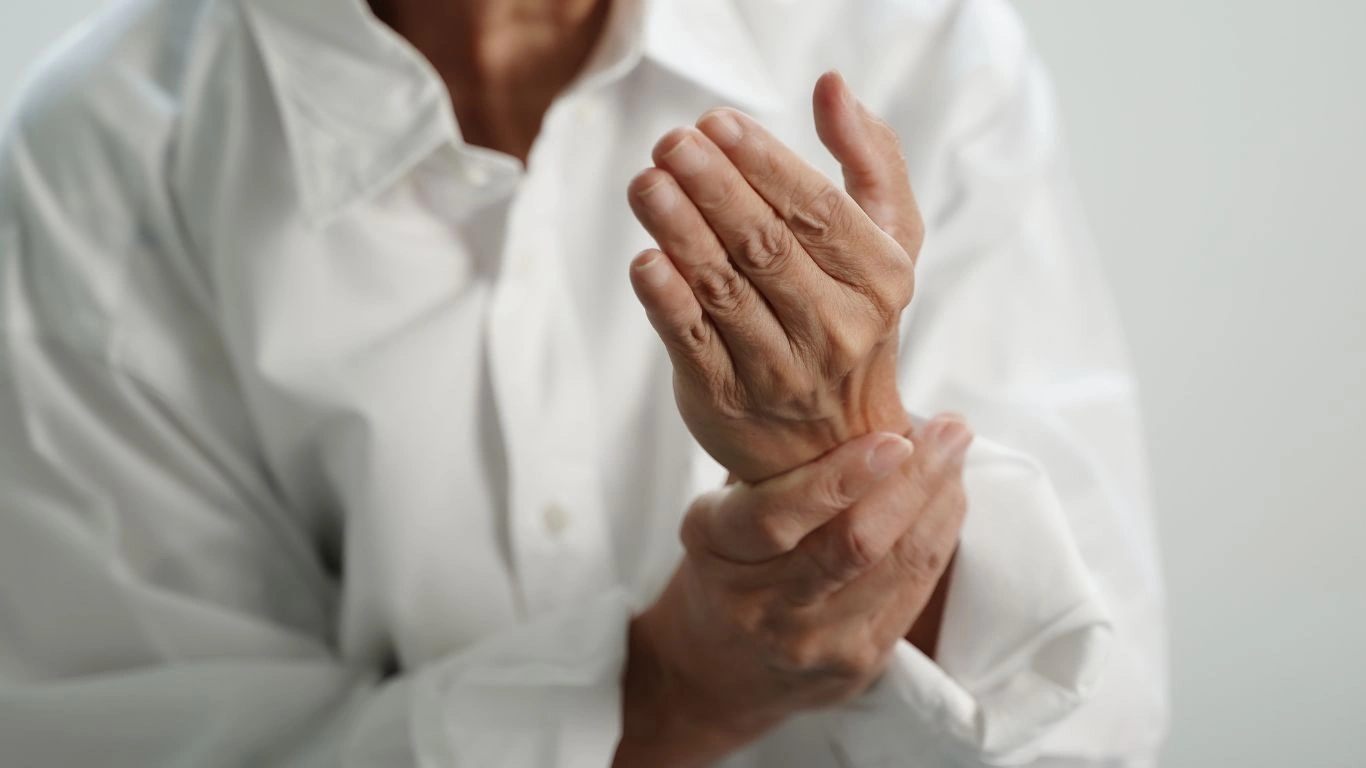
Managing both rheumatoid arthritis and hypothyroidism can be overwhelming, but it’s absolutely possible to live a full, active life. Here are a few practical tips that I’ve found really help my patients manage their conditions day-to-day:
1. Prioritize Self-Care
One of the most important things you can do is to prioritize self-care. Listen to your body, and don’t feel guilty about taking breaks when you need them. Managing autoimmune conditions means recognizing when you’re pushing yourself too hard. Take naps when necessary, avoid overexertion, and remember that it’s okay to rest without feeling lazy or unproductive.
2. Build a Support System
Having a strong support system is key to maintaining a positive outlook while managing both RA and hypothyroidism. Whether it’s family, friends, or an online support group, connecting with others who understand what you’re going through can provide comfort, advice, and emotional support. I’ve seen firsthand how powerful it is when my patients share their experiences with others who truly “get it.”
3. Keep Track of Symptoms and Treatments
Keeping a symptom journal can be incredibly helpful. Record how you’re feeling each day, what symptoms you’re experiencing, and what medications or treatments you’re using. This can help you identify patterns and make it easier to discuss your treatment plan with your healthcare provider. It’s also a great way to track what’s working and what isn’t.
4. Stay Active, but Be Gentle
Exercise is important for both RA and hypothyroidism, but you don’t have to run marathons or hit the gym hard. Low-impact activities like swimming, walking, and light stretching can help improve joint mobility, reduce stiffness, and boost your energy levels. I can’t stress enough how important it is to keep moving, even if it’s just a short walk each day.
5. Stay Positive and Stay Informed
Living with chronic conditions can be challenging, but maintaining a positive attitude and staying informed about new treatments, research, and management strategies can make all the difference. Empower yourself by learning about RA and hypothyroidism, and keep a dialogue open with your healthcare team about emerging treatments and holistic care options.
References
For more information on rheumatoid arthritis and hypothyroidism, you can visit trusted sources like HealthUsias, the National Institutes of Health (NIH), and the American College of Rheumatology.
Disclaimer
This article is for informational purposes only and should not be used as a substitute for professional medical advice, diagnosis, or treatment. Always consult with your healthcare provider before starting any new treatments, medications, or therapies. Individual results may vary, and it’s essential to work with your doctor to create a personalized plan that suits your needs.

Tarra Nugroho is a dedicated Nurse Practitioner with a strong foundation in family and preventive care. She brings both compassion and clinical expertise to her practice, focusing on patient-centered care and health education. As a contributor to Healthusias.com, Tarra translates medical knowledge into clear, empowering articles on topics like women’s health, chronic disease management, and lifestyle medicine. Her mission is simple: help people feel seen, heard, and informed—both in the clinic and through the content she creates. When she’s not caring for patients, Tarra enjoys weekend hikes, plant-based cooking, and curling up with a good health podcast.

